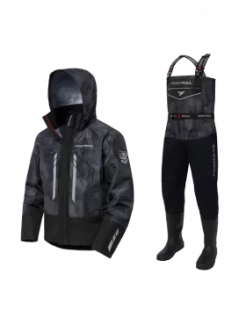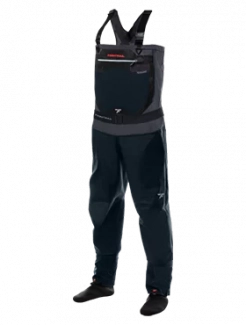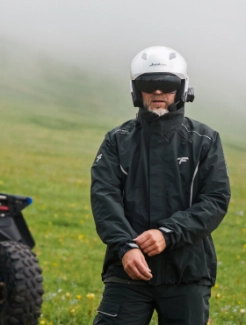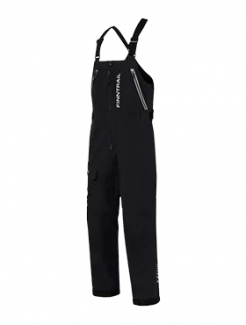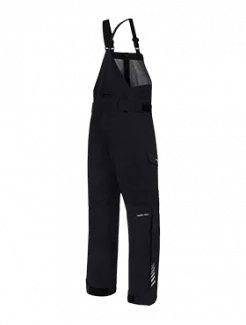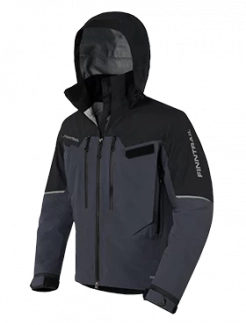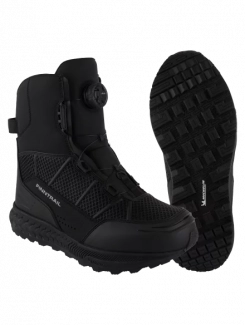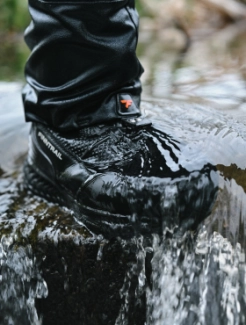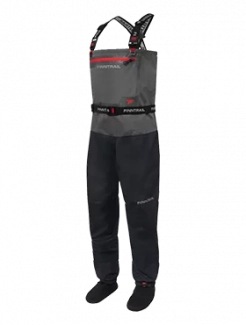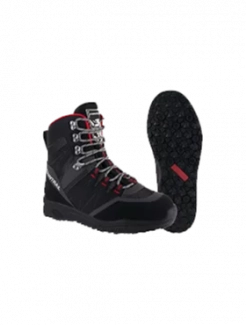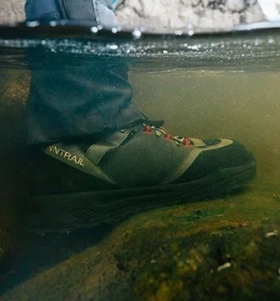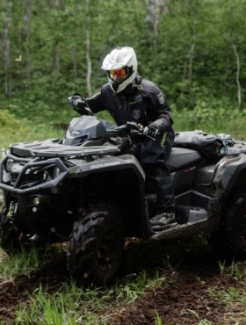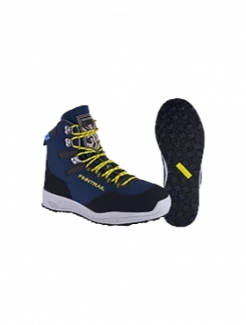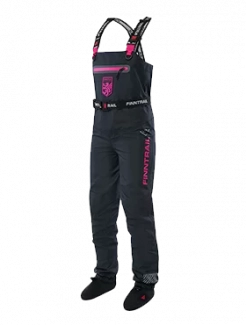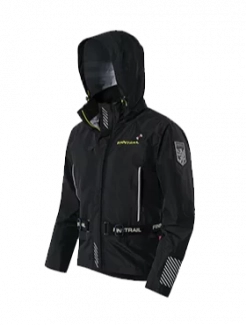How to Check if Your ATV's Gas is Bad or Good
You might be surprised to discover how often a loss of performance or parts failures in your ATV are caused by bad gas. Your expensive and powerful machine needs gas of a certain quality to function, so it's important to know how to give it good gas and what to do when you have bad gas.
What Happens When Gas Goes Bad?
Two main things can happen to gas that can cause problems for your ATV. One, over time it loses its strength and simply isn't rich enough to do what it needs to do. Second, it can be contaminated by debris, water, or chemicals. The contaminants can cause clogs in any part of your ATV that uses fuel.
How to Check if Gas is Bad or Good

While riding your ATV
You might notice certain things on the trail that indicate you have bad gas.
If you have to keep the choke on to make the engine run or the engine won't rev properly or simply acts starved, this means the primary jet is clogged, likely from bad fuel.
If the engine stumbles and dies out but can idle without throttle input, there is probably water or debris in your fuel.
At home
If you find fuel has been running out of the bottom of the carburetor, the needle jet is bad and it is probably caused by bad fuel.
Estimate
If you stored your ATV with gas in it or stored the gas in a container for a year or more, even with fuel stabilizer added to it, the gas is probably no good. You can still check if you really want to use it, but it's a long shot. If you didn't add fuel stabilizer to it, look at more like three to six months depending on the quality on the fuel and the way it was stored.
How was the gas stored?
If the gas was left in a plastic container for months, don't risk it. Gas draws contaminants from the plastic after sitting for long periods. Plastics also let in light that can degrade the gas.
If it was left in hot or humid conditions, it degrades more quickly than if it is kept in a cool, dry space with little light.
Even if it passes these considerations, it's still wise to check it before putting it in your ATV.
Test the gas
First, buy some fresh gas for comparison.
You can test the gas that is in your gas tank by siphoning a small amount into a clean, clear container. You don't have to do this with your mouth. There are cheap and easy-to-use siphons that will do that for you.
Pour a small amount of fresh gas into a separate clean, clear container.
What color is it? The older gas gets the darker it gets. How does your current gas compare to the gas you just bought?
Is it clear? Fresh gas should be clear. If it looks cloudy or you can see contaminates floating in it, it isn't good.
Smell the gas. Even if the gas passes the other tests, you need to check one more thing. Don't huff it, but notice if the old gas smells like the new gas. If it's old, it may start smelling more like turpentine or something sour or pungent.
You can use this same test for gas that you've stored.
Should You Risk Using Old Gas?
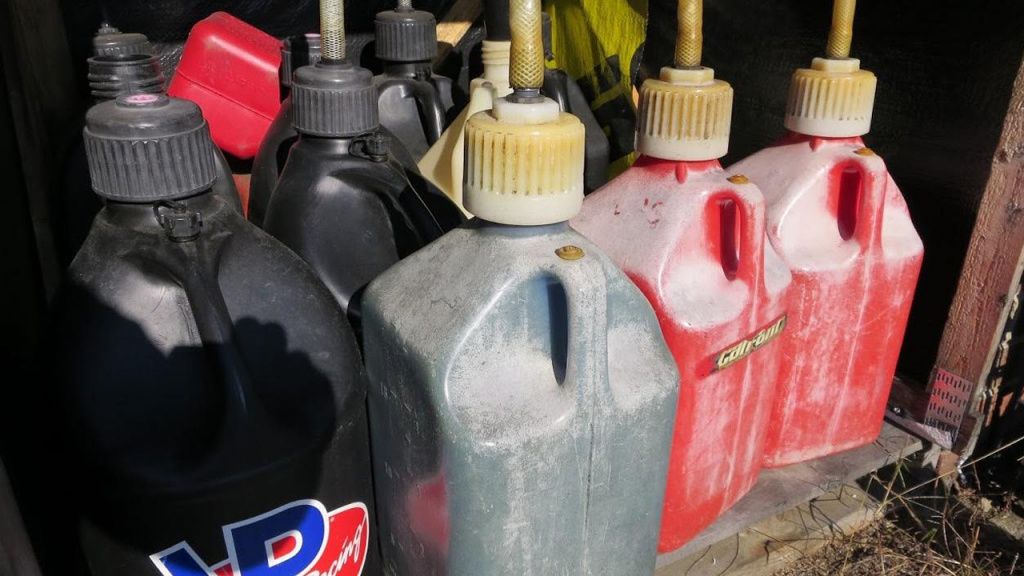
That's up to you. It's not recommended. Your ATV is far too precious an investment to risk for the price even of gasoline. But if you really want to try it, particularly with only slightly old gas, you could filter it with a fuel filter while you put it in the tank or mix it with fresh gas to dilute impurities. It will probably be okay if it is only slight old, if you want to take the chance.
What to Do with Old Gas?
If you've determined that you have bad gas sitting in your gas tank, you need to drain the gas tank and fuel lines. You can siphon the gas out of the tank and use it in your lawn mower or power washer, if you don't want to throw it all out.
Unused gas can be taken to an automotive store or a recycle station that accepts fuel for safe disposal.
Preventing Bad Gas
It hurts to throw out gasoline, so you'll be glad to discover you can make it much less likely that it will happen again.
Follow these tips:
- Don't leave gas sitting in your ATV for more than a month without adding a fuel stabilizer.
- Consider always using fuel stabilizer.
- Use higher octane gas and/or ethanol-free gas because it is purer and lasts longer.
- Store gas in metal containers in a cool, dry place.

